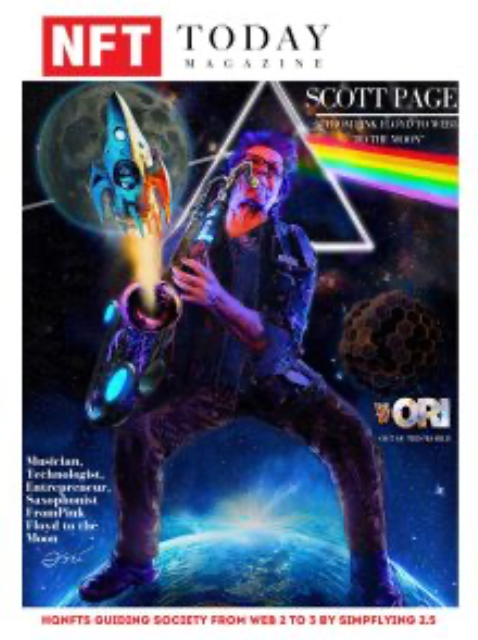A Scientist Just Brought Back the Dire Wolf Using AI and CRISPR
Staff Writer • 2025-04-08
Benn Lamm’s biotech startup Colossal used gene-editing and ancient DNA to revive a predator that vanished over 10,000 years ago. Now, three pups are alive and howling. In a milestone for science, technology, and the resurrection of the past, Colossal Biosciences has achieved the first successful de-extinction of the dire wolf, a species that hasn’t walked the Earth in over 10,000 years. The key to this breakthrough? Artificial intelligence. To revive the Ice Age apex predator, researchers at Colossal used AI to analyze degraded fragments of ancient DNA from two fossilized dire wolves. Traditional methods would have taken years—if not decades—to piece together a genome that was both complete and functional. But AI models accelerated that process dramatically, identifying over 20 key genetic variations that distinguish dire wolves from their closest living relatives: gray wolves. Once the AI models mapped out the genetic blueprint, CRISPR was used to edit gray wolf cells, integrating the dire wolf-specific genes. Those edited cells were then implanted into enucleated egg cells and carried to term by surrogate domestic dogs. The result? Three healthy dire wolf pups, named Romulus, Remus, and Khaleesi, now roaming a 2,000-acre preserve in Texas under strict observation. “AI helped us go from ancient bone fragments to living animals in just 18 months,” said Benn Lamm, CEO and co-founder of Colossal Biosciences. “Without machine learning, this simply wouldn’t have been possible.” AI didn’t just accelerate gene analysis. It also helped predict how the edited genomes would express in living organisms—ensuring the wolves weren’t just genetically accurate, but also viable and behaviorally stable. Lamm called it “genomic forecasting,” where algorithms simulate outcomes before a single embryo is ever implanted. Colossal’s mission is bold: use technology to reverse extinction and restore lost ecosystems. Alongside the dire wolf, the company is actively working on projects to bring back the woolly mammoth, the Tasmanian tiger, and the dodo. Its investors include Peter Thiel, Paris Hilton, and multiple venture firms betting on “conservation-through-innovation.” Not everyone is cheering. Critics warn of ethical gray areas and unforeseen ecological consequences. But Lamm believes AI makes such projects safer and more transparent. “We’re not guessing,” he said. “We’re modeling every outcome, down to the protein level.” As AI becomes more integrated into synthetic biology, this isn’t just about bringing back extinct species. It’s about redesigning life—with precision, responsibility, and intent. And now, thanks to algorithms and ambition, the dire wolf howls once more.
See More Posts
A look at how NFTS, Web 3, Gaming, Cryptocurrencies and Blockchain are reshaping businesses across the globe.
@NFT Today Magazine


